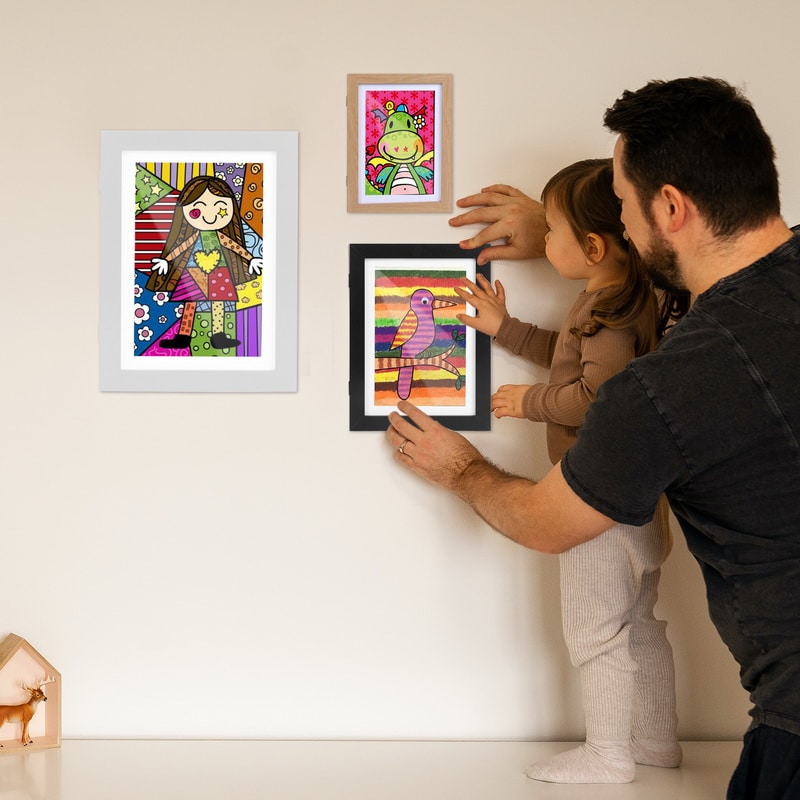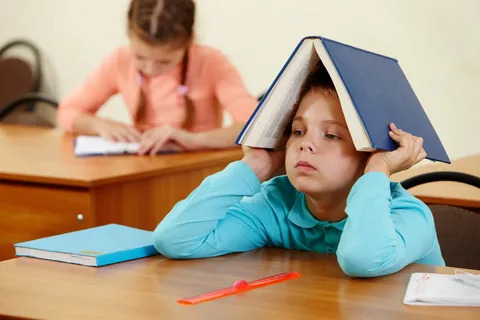
Introduction:
In the realm of child development, the significance of children’s drawings cannot be overstated. “Lijst Kindertekeningen,” translated as “List of Children’s Drawings” in English, encapsulates the idea of cataloging and understanding these artistic expressions. This practice goes beyond a mere collection; it delves into the intricate and revealing world of a child’s mind, offering insights into their emotions, thoughts, and developmental milestones.
Understanding the Concept:
The term “Lijst Kindertekeningen” points towards a curated list or collection of children’s drawings, often used for educational, therapeutic, or research purposes. These drawings serve as a visual language through which children communicate their experiences, perceptions, and feelings. Researchers, educators, and parents alike recognize the importance of decoding this unique form of expression to gain a deeper understanding of a child’s inner world.
The Therapeutic Aspect:
Child psychologists and therapists frequently use “Lijst Kindertekeningen” as a therapeutic tool. Drawing provides children with a non-verbal outlet to express complex emotions that may be challenging to articulate verbally. By observing and analyzing these drawings, professionals can identify patterns, signs of distress, or even indications of positive mental well-being. The process aids in establishing a connection with the child and facilitates communication in a more comfortable and natural way.
Educational Insights:
Educators incorporate the concept of “Lijst Kindertekeningen” into classrooms to gain insights into a child’s cognitive and emotional development. Analyzing drawings helps educators tailor teaching methods to individual learning styles, fostering a more inclusive and effective educational environment. Recognizing a child’s strengths and challenges through their artwork allows for personalized support, ensuring optimal learning experiences for each student.
Cultural Variances:
The “Lijst Kindertekeningen” concept is not confined to a specific cultural or geographical context. Children worldwide use drawings to communicate and express themselves. However, cultural nuances may influence the symbolism and themes depicted in their artwork. Studying these cultural variations adds depth to the understanding of how children perceive and interpret their surroundings.
Digital Age Influence:
In contemporary times, the concept of “Lijst Kindertekeningen” has evolved with the integration of technology. Children now have access to digital platforms for artistic expression, presenting a shift from traditional paper and crayons. This evolution raises questions about the impact of technology on the content and style of children’s drawings, prompting researchers to explore the digital landscape of child art.
Parental Involvement:
Parents play a crucial role in creating and interpreting a “Lijst Kindertekeningen” for their children. Encouraging artistic expression from an early age fosters creativity and emotional intelligence. Actively participating in discussions about their drawings helps parents understand their child’s perspective, providing valuable insights into their emotions, fears, and dreams. This shared experience strengthens the parent-child bond.
Challenges and Ethical Considerations:
While the concept of “Lijst Kindertekeningen” offers numerous benefits, it is essential to address potential challenges and ethical considerations. Ensuring the confidentiality and privacy of a child’s drawings is paramount. Additionally, interpreting children’s artwork requires a nuanced understanding, as misinterpretation may lead to inaccurate conclusions.
Conclusion:
“Lijst Kindertekeningen” serves as a window into the fascinating world of children’s thoughts and emotions. From a therapeutic tool to an educational resource, the concept offers multifaceted insights that contribute to a holistic understanding of child development. By embracing the significance of children’s drawings, we not only support their emotional well-being but also celebrate the unique and invaluable perspectives they bring to our collective human experience.





















